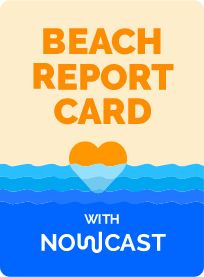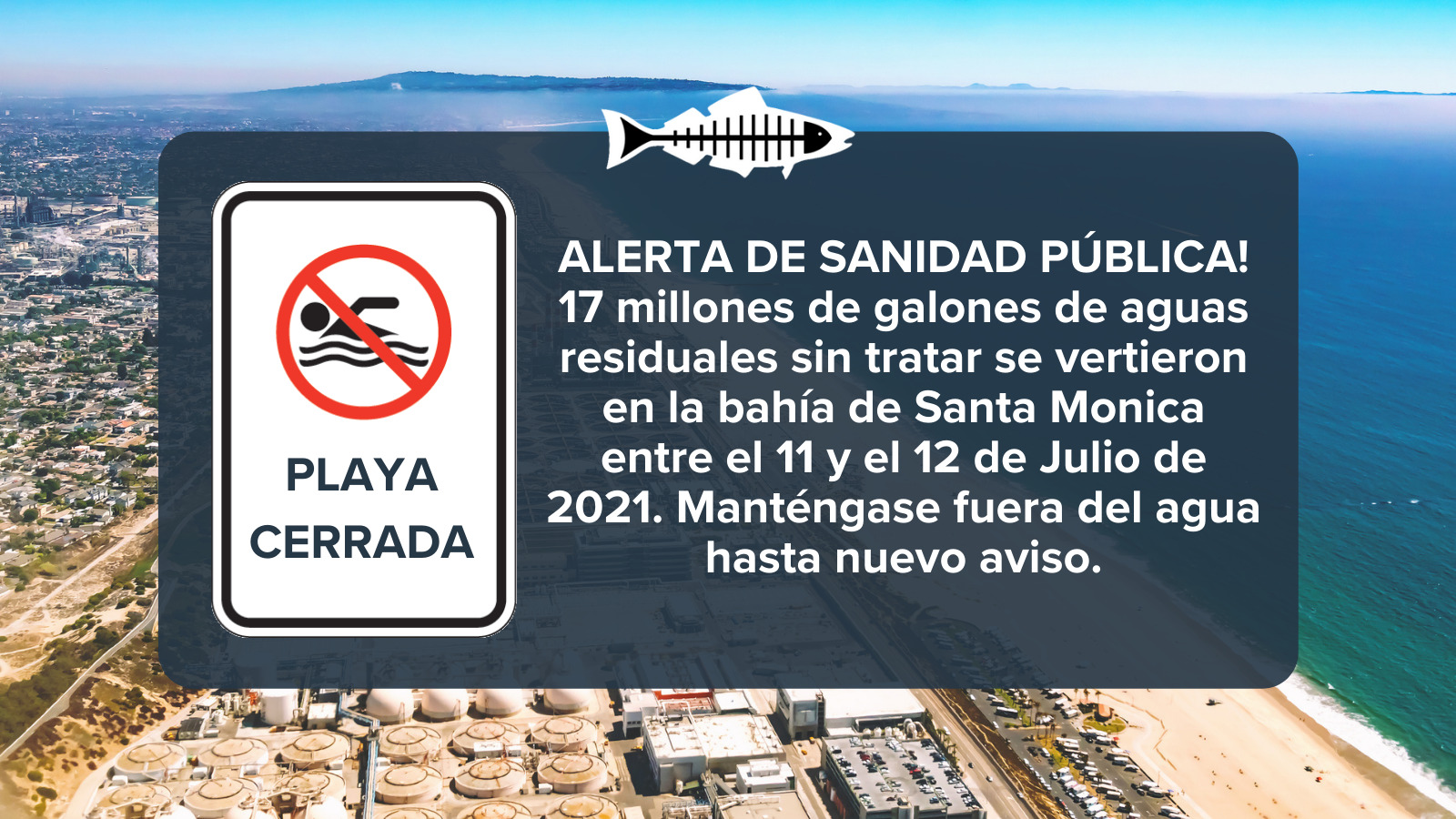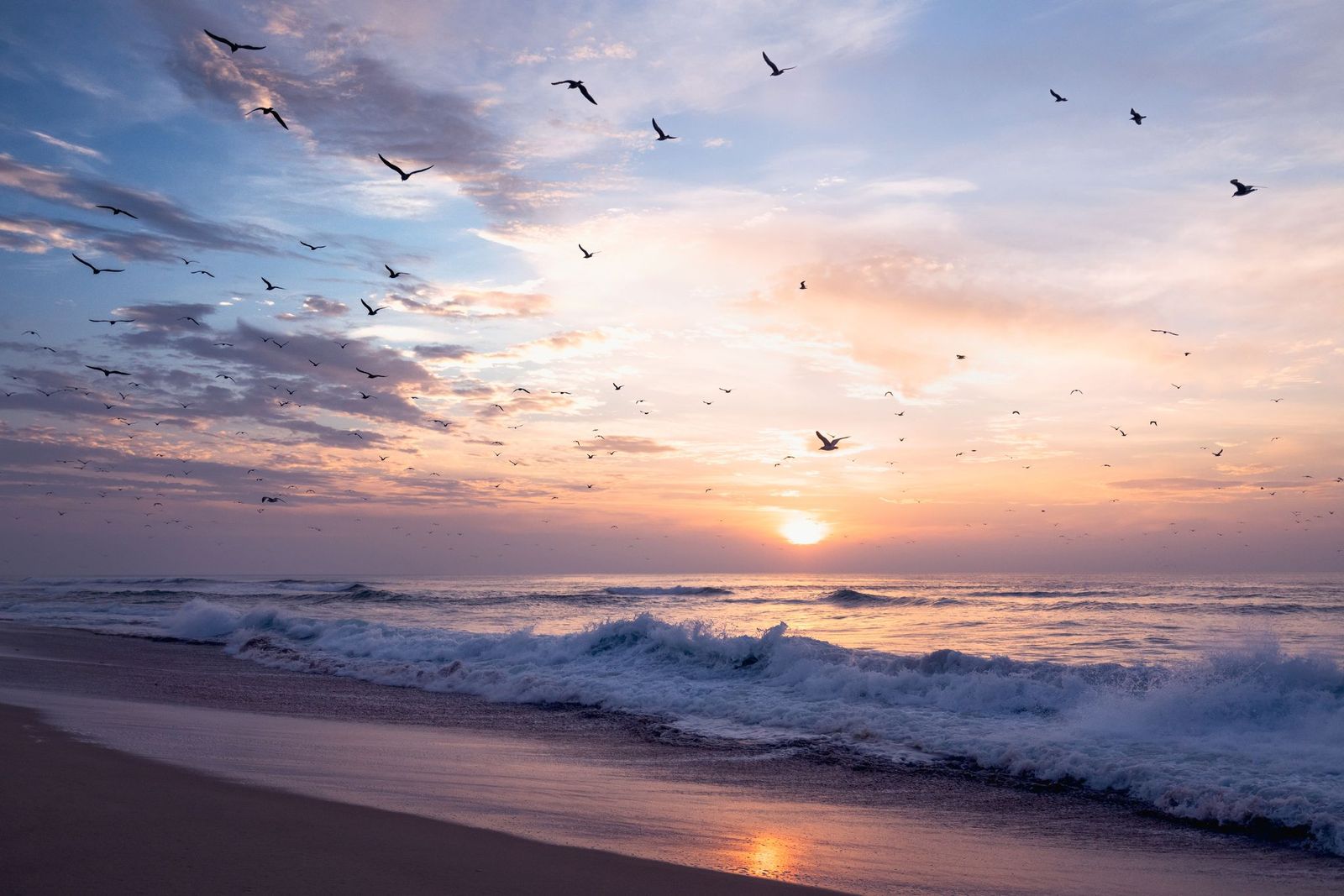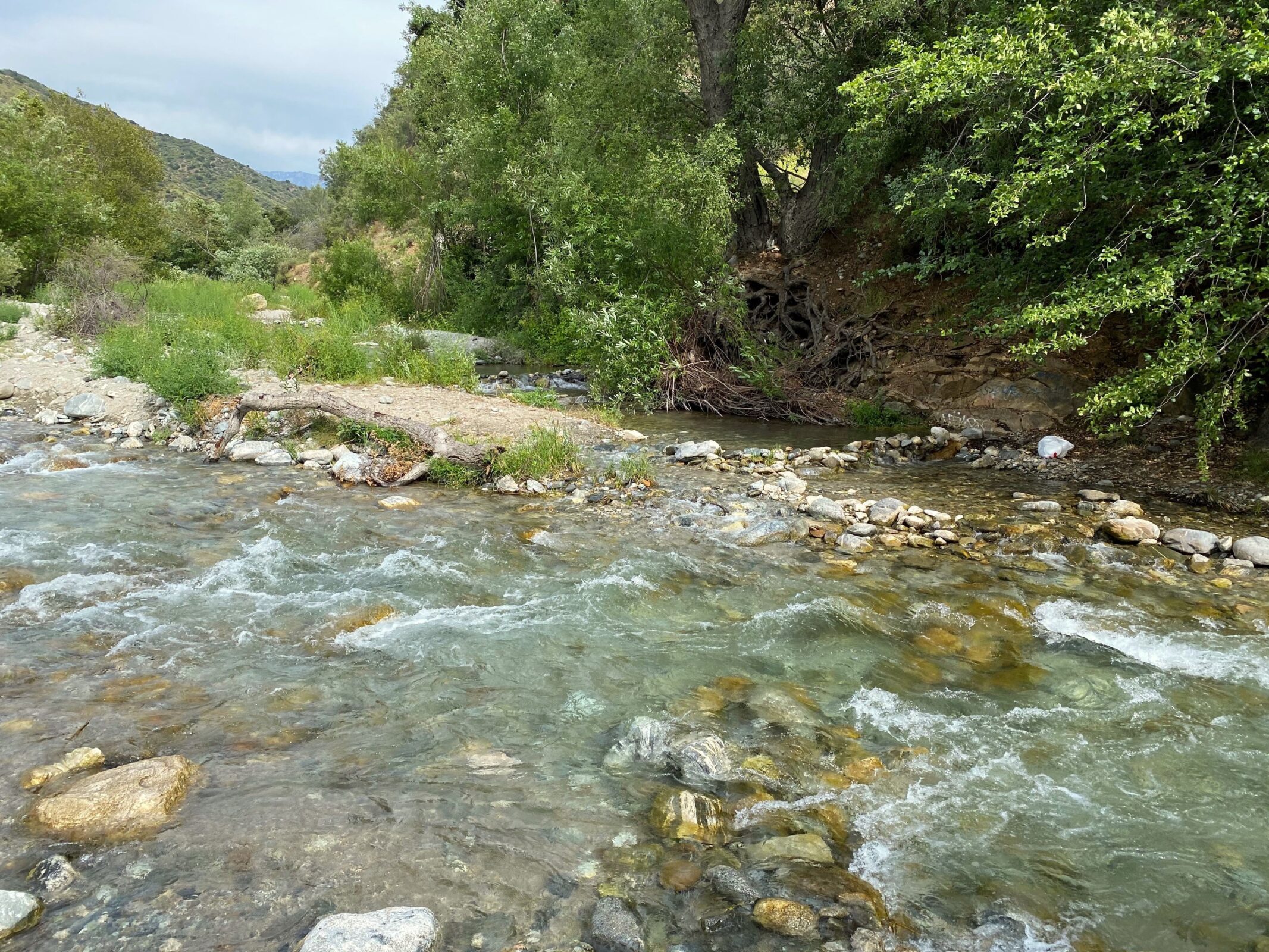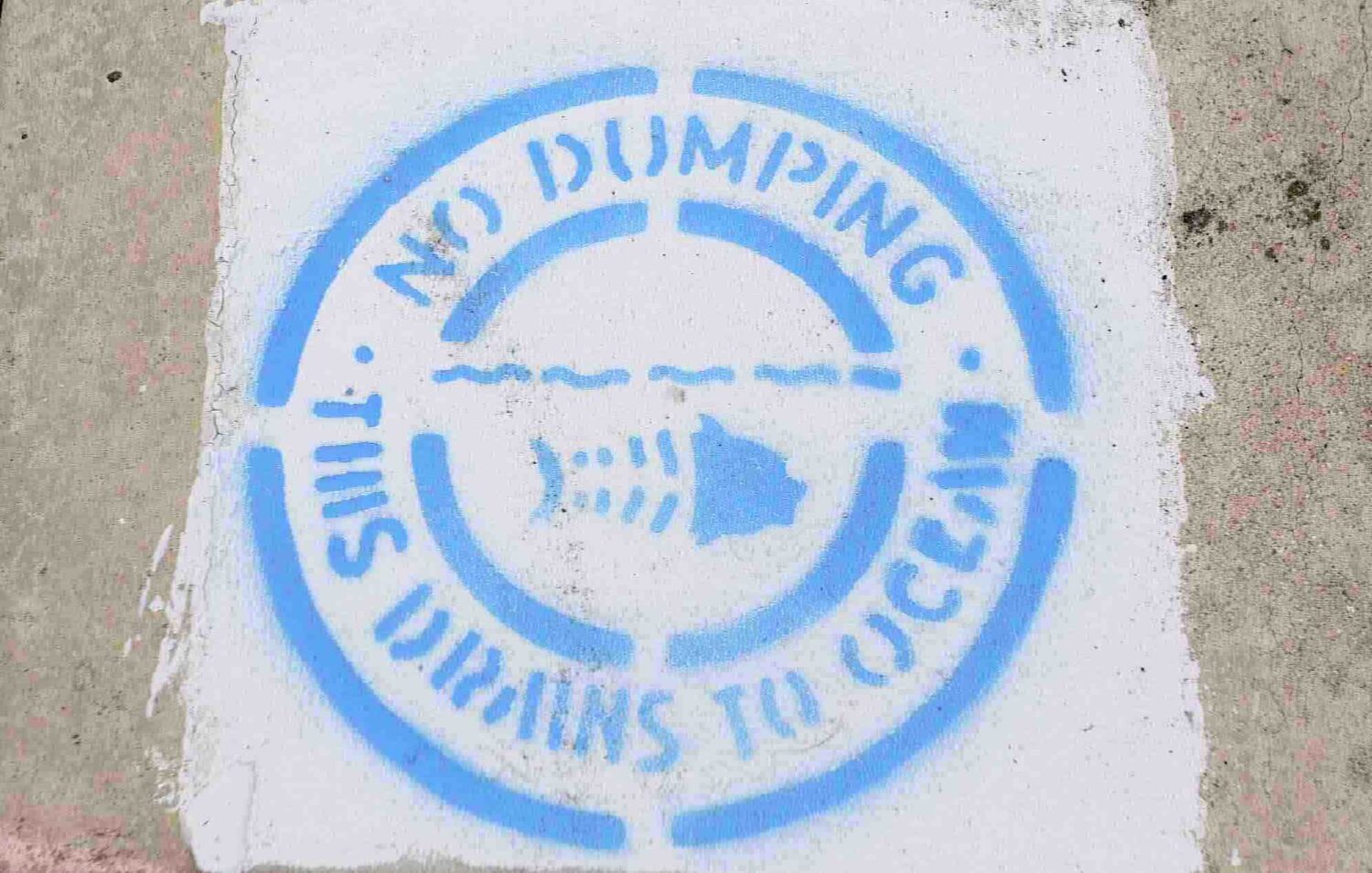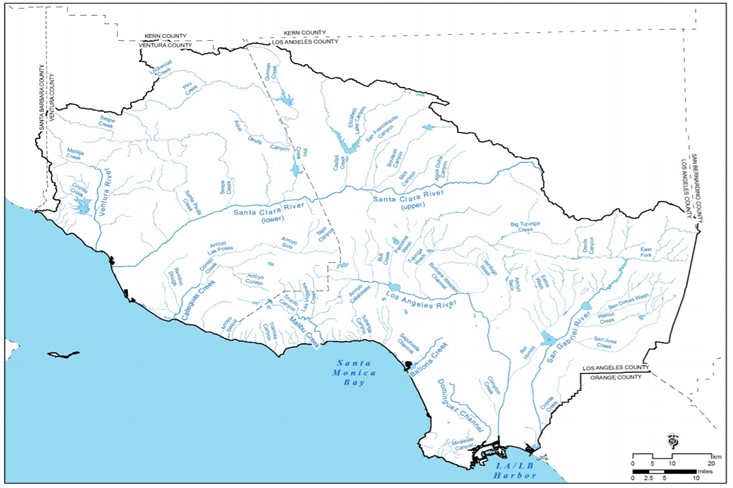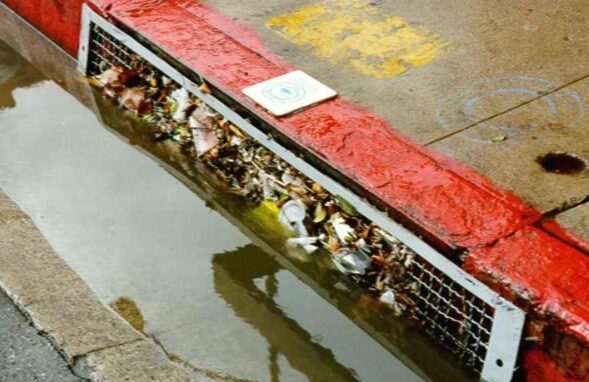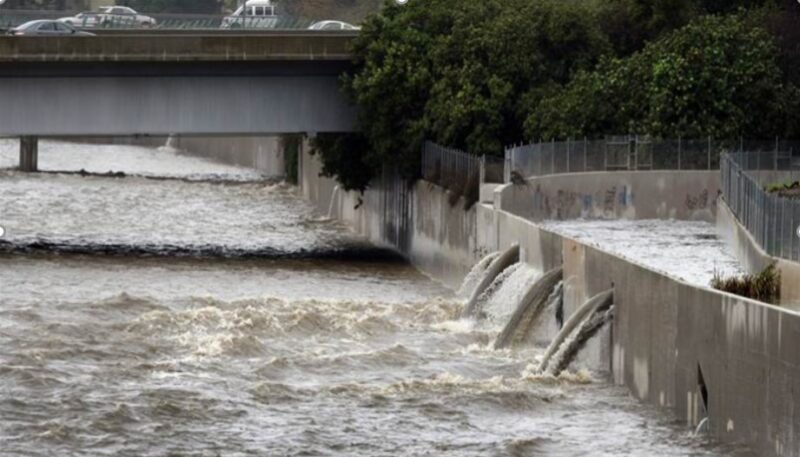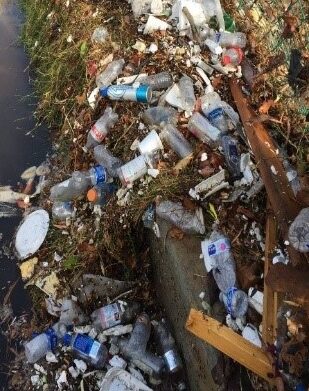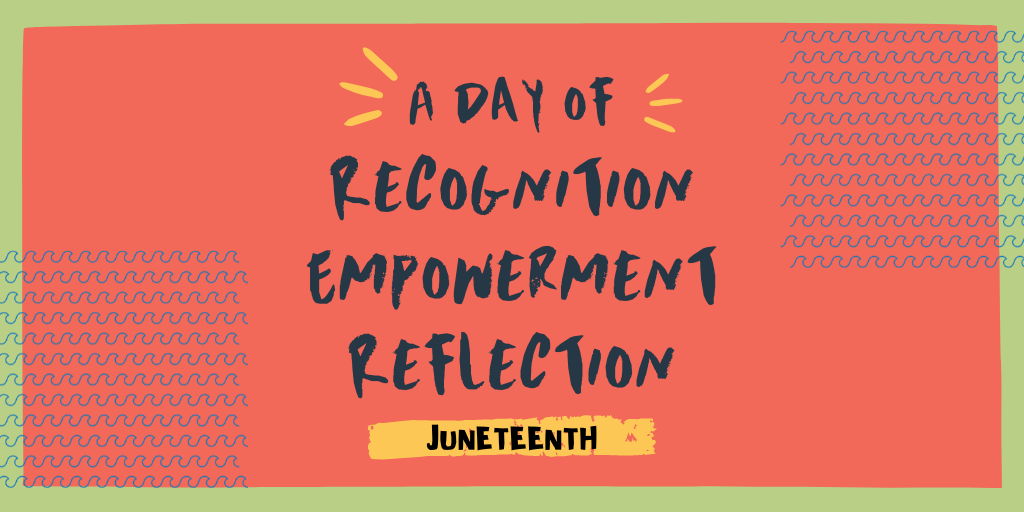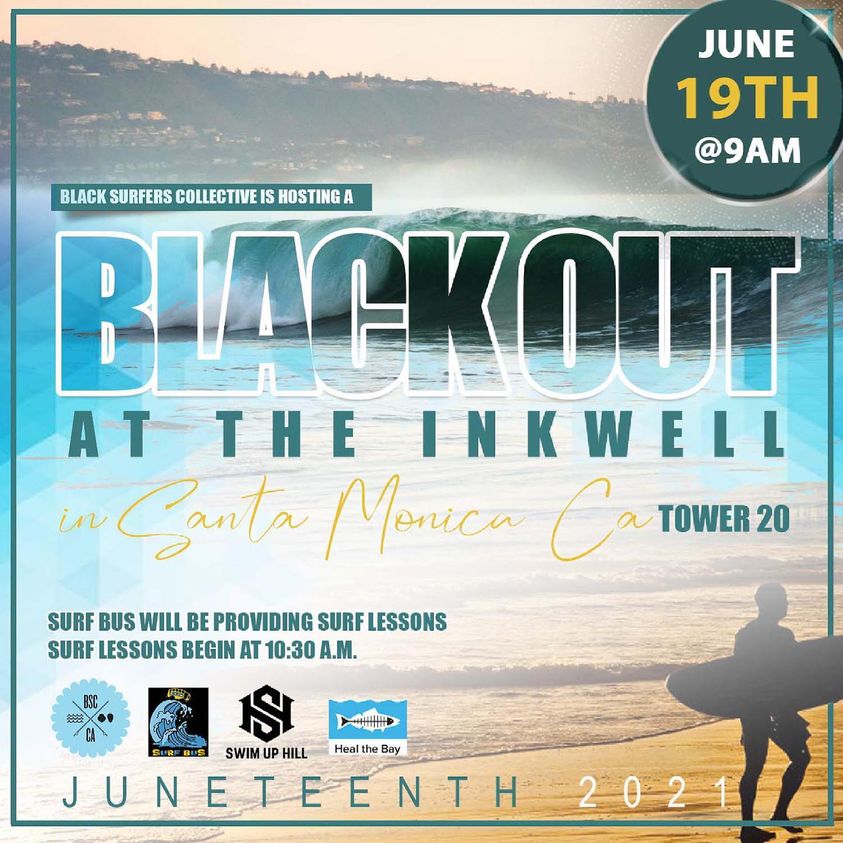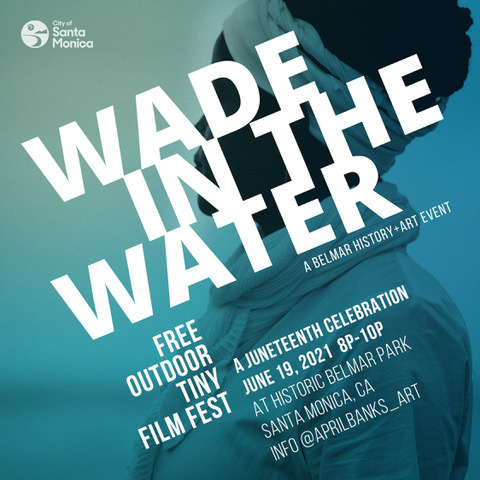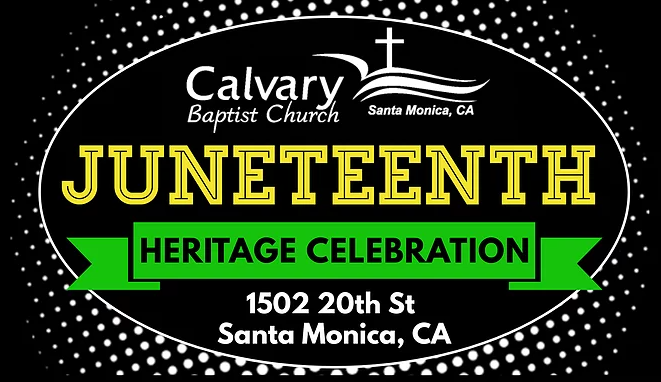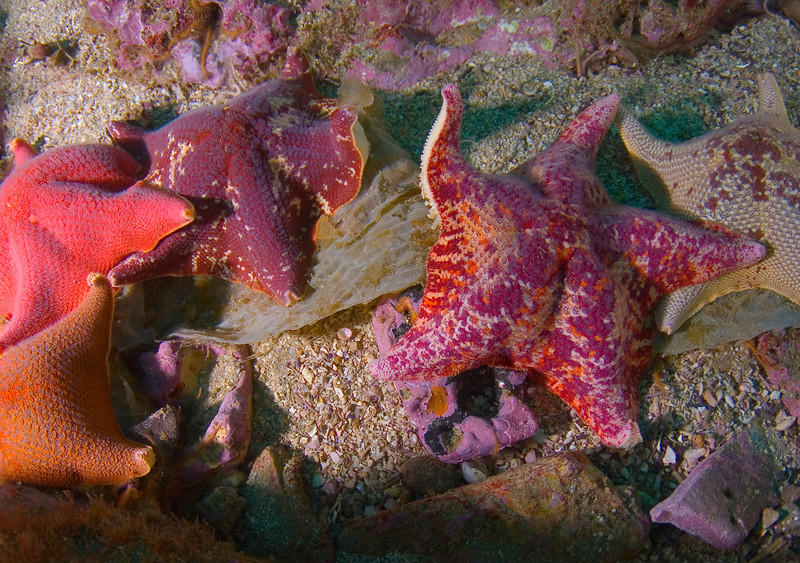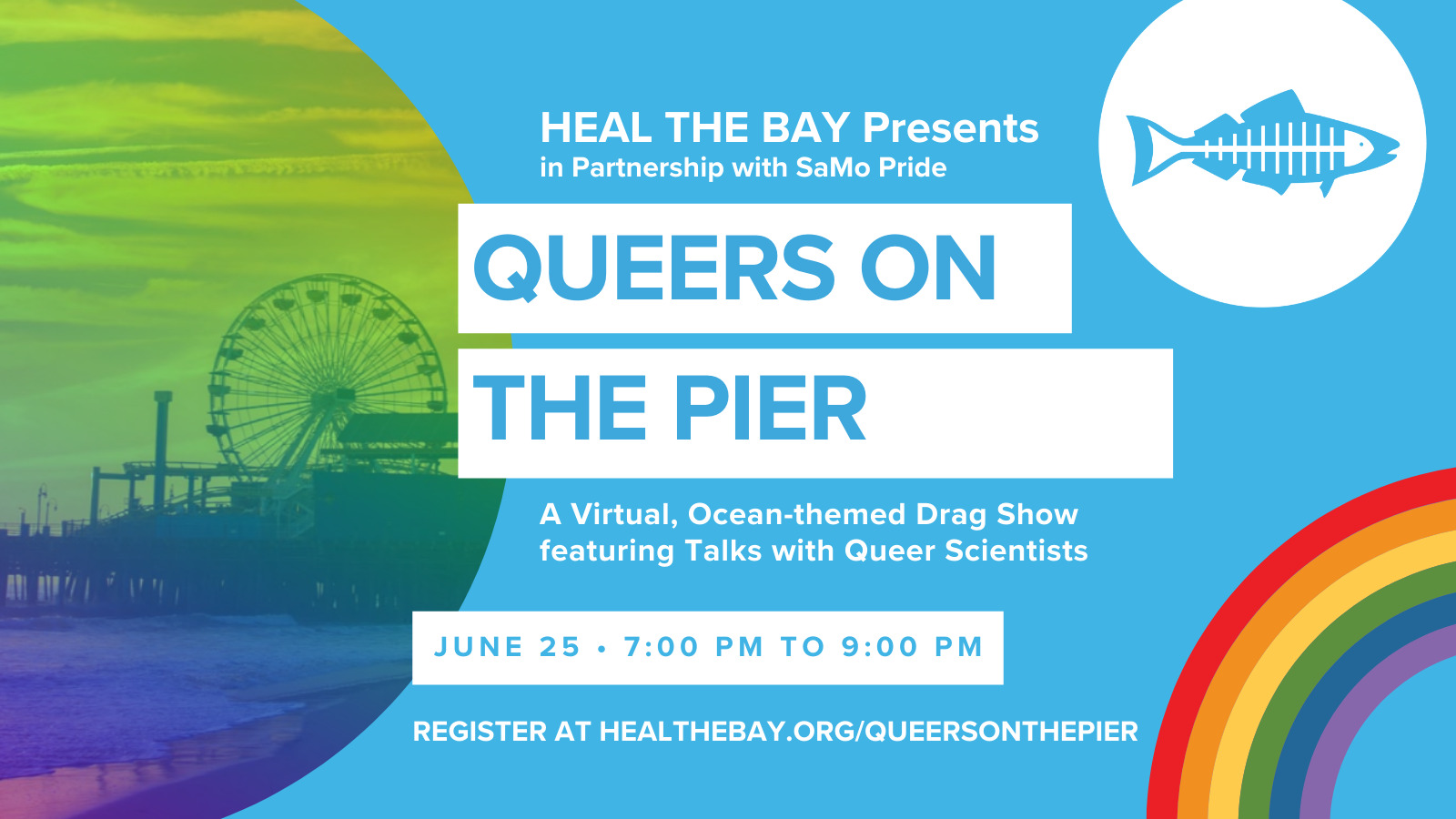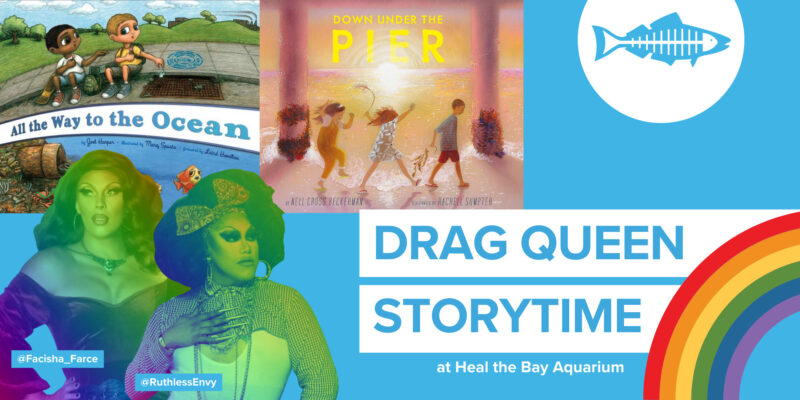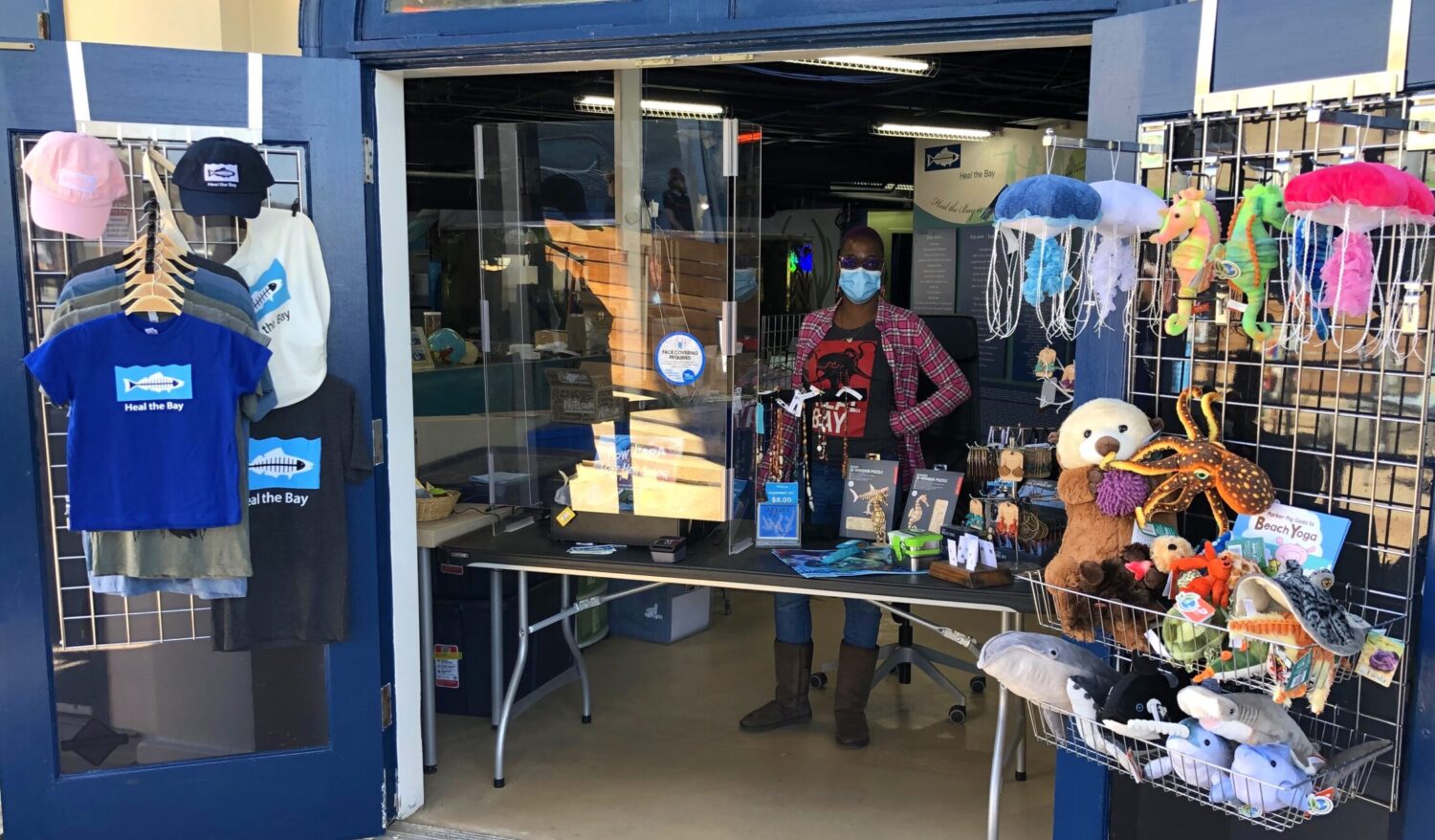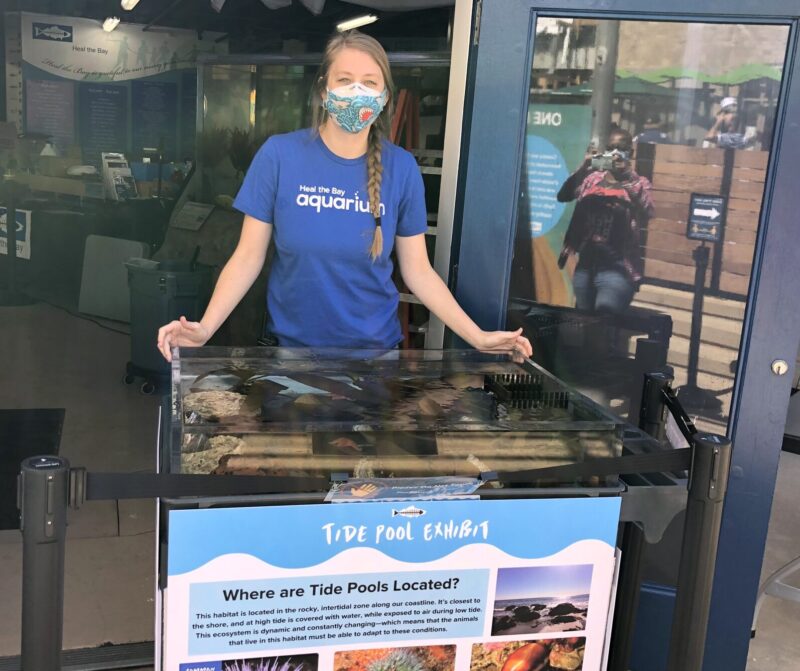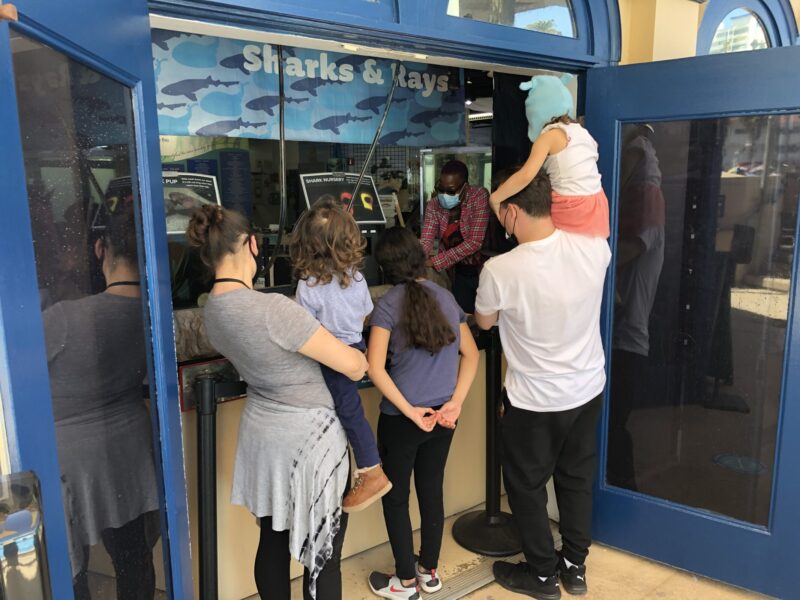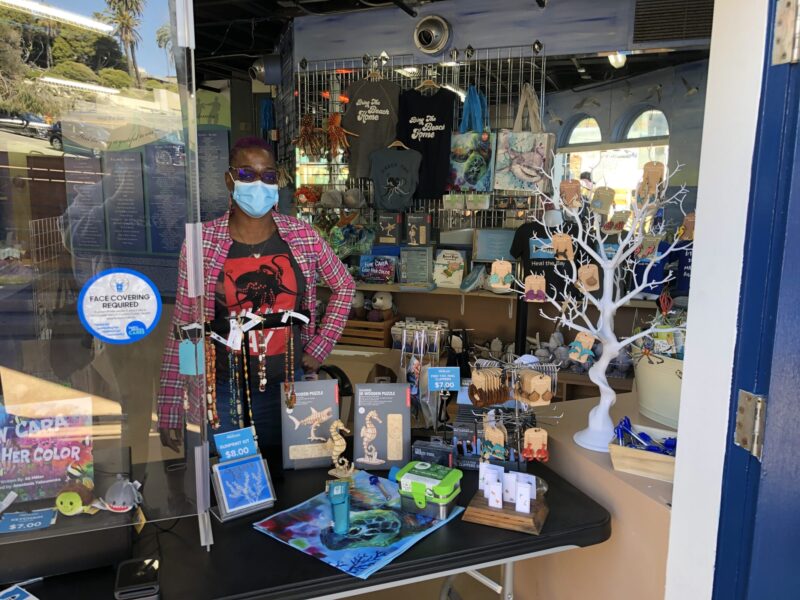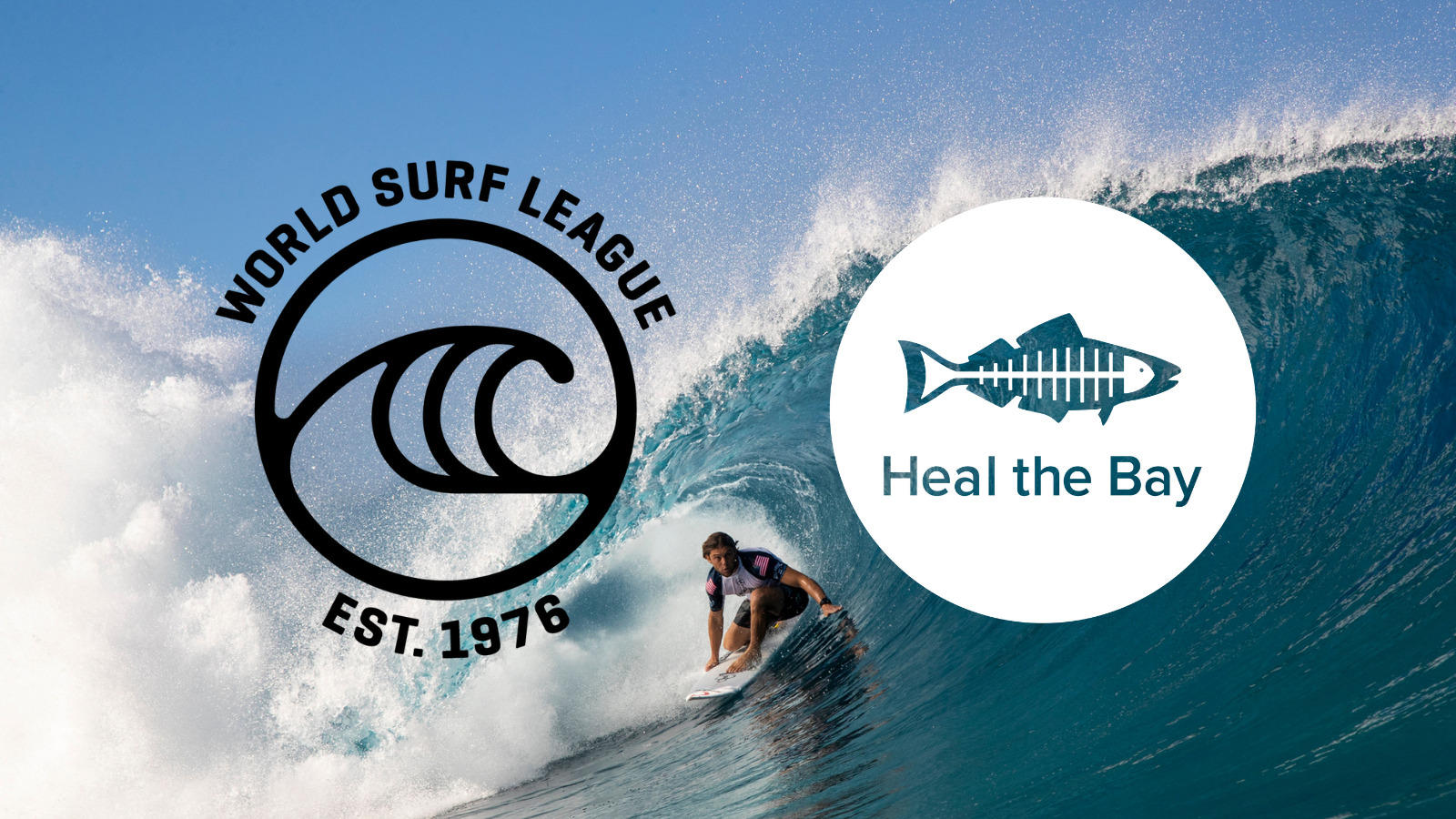
On the heels of the 17-million-gallon sewage spill in the Santa Monica Bay on July 11-12, Heal the Bay and the World Surf League—two Santa Monica-based organizations—are partnering to expand Heal the Bay’s Beach Report Card with NowCast to give beachgoers more information, more swiftly, about potential risks from poor ocean water quality at California’s most popular beaches and surf spots.
Heal the Bay and the World Surf League (WSL) are announcing a multi-year partnership in support of Heal the Bay’s Beach Report Card, activating local surfers to protect the health of 150 million beachgoers in California, and increasing surfing community outreach through social media and local competition events in California.
Summer is here, temperatures are hot, and more people are flocking to the beach. With roughly a thousand miles of shoreline, California has one of the longest and also most diverse coasts of any state in the USA. California offers an incredible array and variety of beaches and waves. Several offer pristine bays with 30-feet visibility underwater, others iconic views and world class waves.
While the waves may look clear, many beachgoers have no idea they might be swimming in a bacteria-polluted area, especially near piers, storm drains, and enclosed harbors with poor water circulation. One in 25 beachgoers will get sick swimming or surfing in polluted water near a flowing storm drain. Youth and seniors are particularly vulnerable to illnesses related to bacterial pollution.
“As a surfer, I have spent a ton of time in the water since I was a little kid. The water quality at my local beaches is something I have always been observant of. Unfortunately, there have been many times where the water quality has seemed very low and I’ve gotten sick from surfing in dirty water. I’m thrilled the World Surf League is partnering with Heal the Bay on the Beach Report Card for California. Everyone deserves access to clean water to surf, swim, and enjoy this precious resource – our one ocean!” says Conner Coffin, WSL Championship Tour surfer.
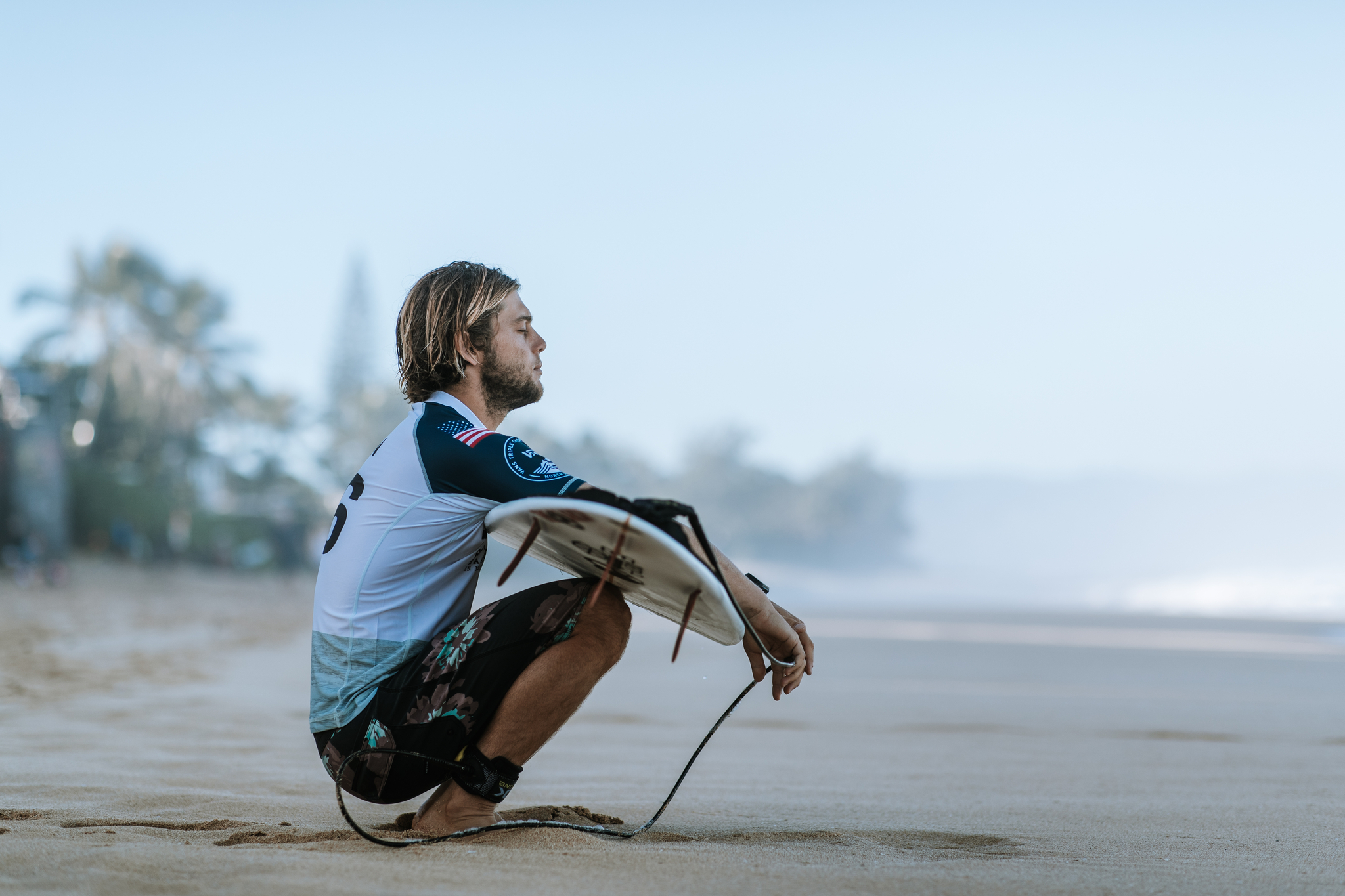
The Beach Report Card is Heal the Bay’s education, advocacy, and public health notification tool for people concerned about the water quality at their favorite beaches across the state of California. The latest beach water quality grades are displayed alongside historical trends. The program also has science and policy initiatives to improve water quality, advance water quality testing methods, and ensure beachgoers have equitable and immediate access to beach water quality information through environmental and public health legislation and regulation.
Dr. Shelley Luce, Heal the Bay CEO & President says, “We’re excited to announce our partnership with the World Surf League. Clean ocean water has multiple benefits. It sustains healthy ecosystems and thriving wildlife, it mitigates impacts from the climate crisis, and it provides a safe place to enjoy the outdoors and cool off. We thank our partners at the World Surf League for working together with us to protect clean water starting in Santa Monica, stretching up and down the California coastline, and rippling out globally.”
The World Surf League is sponsoring the Beach Report Card for three-years, supporting the popular Annual Report, which highlights the coveted Honor Roll list as well as the notorious Beach Bummers list. The World Surf League is also investing in the growth of NowCast, Heal the Bay’s daily water quality prediction program.
“The WSL is incredibly proud to partner with Heal the Bay to provide tools and resources such as the Beach Report Card for all ocean lovers to be informed about water quality prior to heading to their favorite beach. As a global sports league, the future of our sport depends on a healthy ocean. Our focus as a league is to protect the ocean and beaches by inspiring climate action, preventing pollution, and conserving our coasts through campaigns like We Are One Ocean,” said Erik Logan, WSL CEO.
Heal the Bay is expanding NowCast to include 40-50 beaches over the next three years.
About Heal the Bay and the Beach Report Card
Heal the Bay is an environmental nonprofit dedicated to making the coastal waters and watersheds in Greater Los Angeles safe, healthy, and clean. We use science, education, community action, and advocacy to fulfill our mission.
Heal the Bay’s Beach Report Card is the only comprehensive analysis of coastline water quality in California. We provide water quality grades for more than 700 beaches weekly from Washington to Mexico during the peak beach-going season, with approximately 500 locations in California. Each location is assigned an A to F grade based on the health risks of swimming, surfing, and entering the water at that location.
The Beach Report Card is available for free at BeachReportCard.org and as an app on iPhone and Android devices.
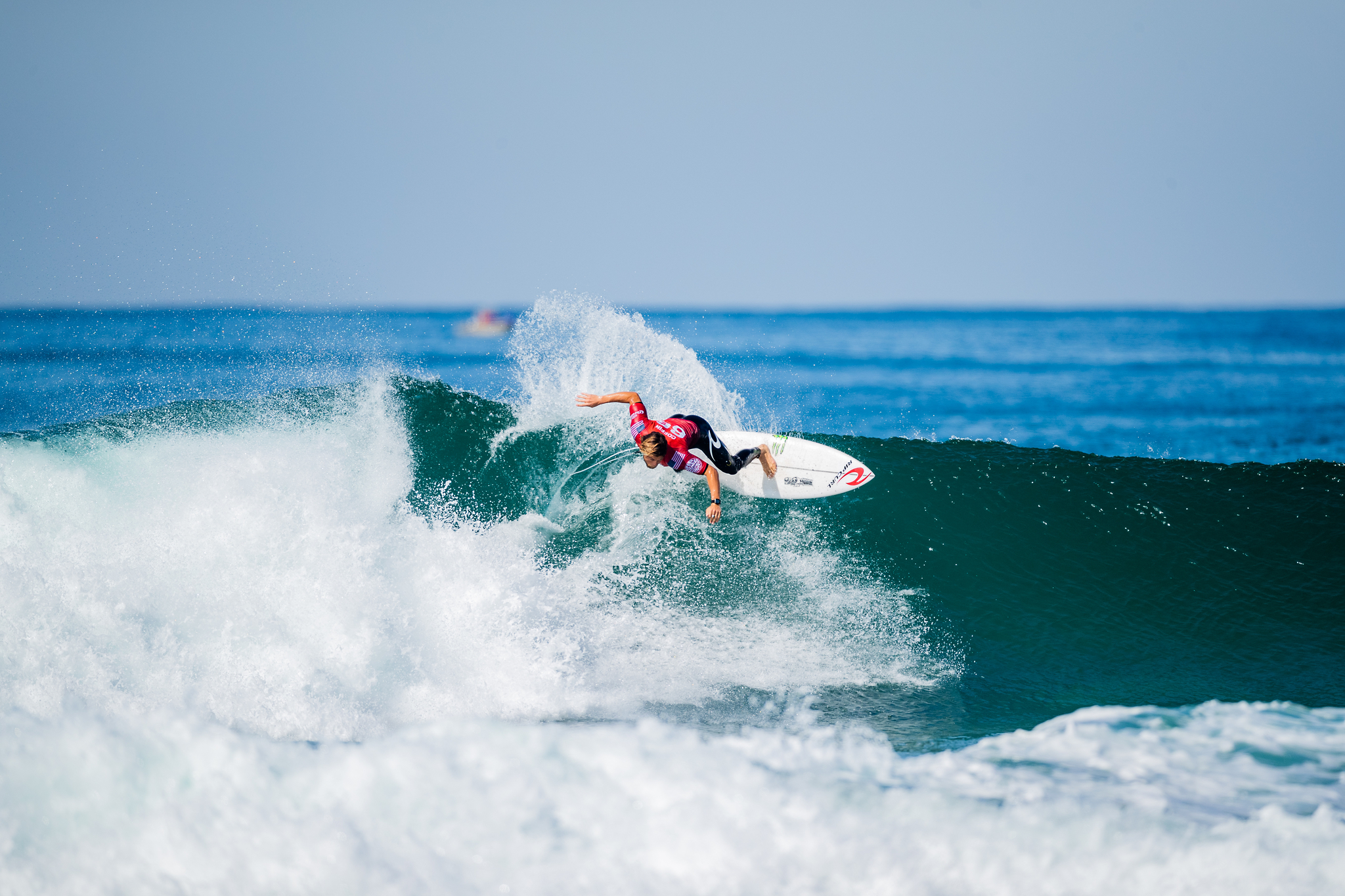
About the WSL
Established in 1976, the World Surf League is the home of the world’s best surfing. A global sports, media and entertainment company, the WSL oversees international tours and competitions, a studios division creating over 500+ hours of live and on-demand content, and via affiliate WaveCo, the home of the world’s largest high performance, human-made wave. Headquartered in Santa Monica, California, the WSL has regional offices in North America, Latin America, Asia Pacific, and EMEA. The WSL is dedicated to changing the world through the inspirational power of surfing by creating authentic events, experiences, and storytelling to inspire a growing, global community to live with purpose, originality, and stoke.
For more information, please visit WorldSurfLeague.com.



